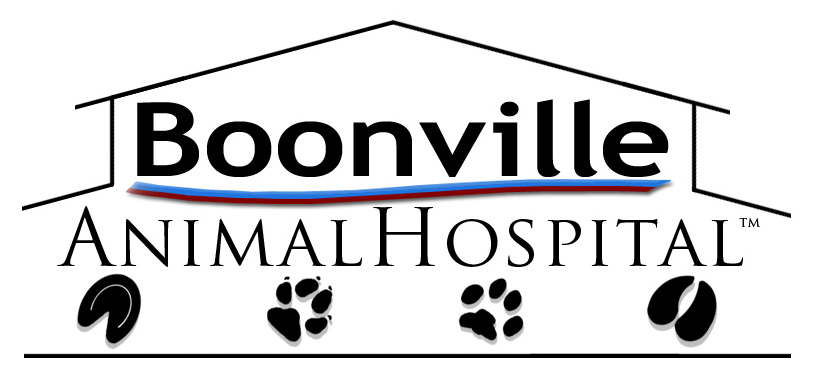Library
-
Plasma cell tumors develop as a result of dysregulated production of plasma cells and are relatively uncommon in dogs and cats. Some plasma cell tumors are benign and the most common locations for these tumors are the head, feet, lips, mouth, and ears. The treatment of choice for benign plasma cell tumors is surgical removal, with little to no recurrence if completely excised. Conversely, multiple myeloma is a very malignant cancer that is usually treated with chemotherapy.
-
Pleural effusion refers to the abnormal accumulation of fluid within the chest cavity. The fluid is not found within the lungs, but instead within the pleural sac, essentially meaning the lungs are floating in a chest that is full of fluid. There are several causes, including chylothorax, heart failure, and lung or chest tumors. Dogs presenting for pleural effusion are often experiencing shortness of breath and decreased oxygen intake; placing them into an oxygen cage provides some degree of immediate relief. Removing the fluid that surrounds the lungs will allow the dog to breathe more readily and this fluid can then be tested to identify the cause of the pleural effusion. The treatment and prognosis vary depending on the underlying cause.
-
Plotts love hunting and family, arguably in that order. They love to follow a trail to its end, but at the end of the hunt, they are glad to celebrate with their favorite people.
-
Pododermatitis is a term used to describe inflammation of the feet or paws. It can be caused by many disorders including infections, allergies, hormonal disorders, immune-mediated diseases, tumors or cancers. Diagnostic testing is discussed. Effective treatment must be directed toward the underlying cause.
-
Pointers are warm, loving dogs capable of giving members of their family great affection. They are usually overflowing with nervous energy and ready to hunt at the drop of a leash.
-
The shaggy Polish Lowland Sheepdog may look like an overgrown stuffed animal, but he is a serious worker who needs a job to be fulfilled. Active people who can include a dog in their everyday adventures find the PON - that is short for Polski Owczarek Nizinny, the name of the breed throughout most of the world - is an energetic and fun-loving companion.
-
Polysulfated glycosaminoglycan is an injectable disease-modifying osteoarthritis drug (DMOAD) used to treat non-infectious and traumatic arthritis in dogs. It is also used off-label in cats and small mammals. If administering this medication at home, follow your veterinarian’s instructions and dispose of the needle and syringe appropriately. Side effects are rare when given according to label recommendations and at prescribed intervals. Do not use this medication in pets with a known hypersensitivity to it, in pets with known or suspected bleeding disorders or immune-mediated arthritis, or in pets with severe kidney or liver disorders.
-
The Pom may be tiny, but this spunky extrovert can get a little cocky for a dog not much bigger than your shoe. Outgoing and effervescent, Pomeranians have faces like little foxes, making them hard to resist and easy to forgive.
-
While Poodles are often portrayed as snobby and aloof, in reality, they are friendly, cheerful dogs with a keen sense of fun.
-
A portosystemic shunt causes a bypass of blood from the gastrointestinal tract directly into the systemic circulation, avoiding the normal detoxifying process that happens in the liver and reducing nutrient input into the liver. Liver shunts can be congenital defects (failure of closure of the ductus venosus or inappropriate vascular development) or acquired (development of extra vessels caused by portal vein hypertension). Clinical signs include failure to thrive (runt), head pressing or other neurological signs especially after high protein meals, delay in anesthetic recovery, increased urination, and vomiting or diarrhea. CBC and biochemistry can be altered in a dog with a portosystemic shunt (e.g., microcytic anemia, low BUN, glucose, elevated ALT) and urinalysis can show abnormal crystals and possibly infection. Bile acids will be elevated. CT, ultrasound, or other more advanced imaging will confirm and locate the shunt. Initial treatment includes a change to a low protein diet, lactulose to absorb ammonia and other toxins, and antibiotics to change the bacterial population of the intestines. Some dogs do well with medical management; however, many need surgical treatment to gradually close off the shunt. Surgery is very successful and dogs return to normal in 2-4 months.

